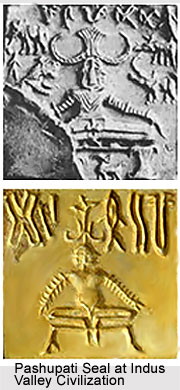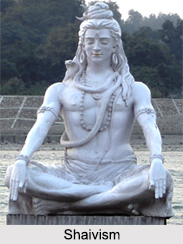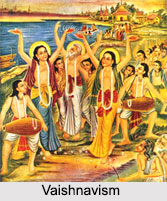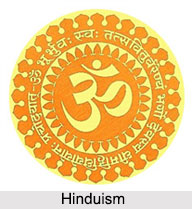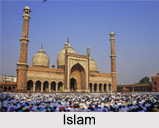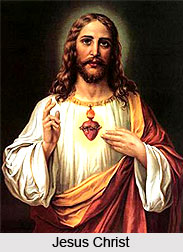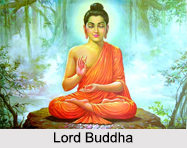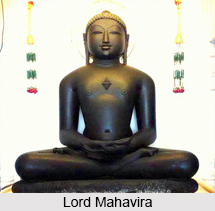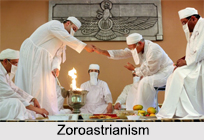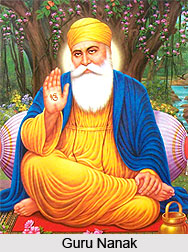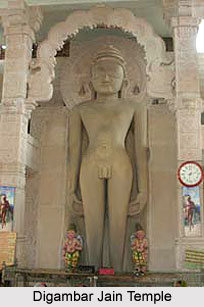 Shri Digambar Jain Atishaya Kshetra is a Jain pilgrimage centre located in Thuvonji in Madhya Pradesh. Is an Atishaya Kshetra i.e. Place of Miracles. The principal deity of the temple is Bhagwan Rishbh Dev, the first Tirthankara.
Shri Digambar Jain Atishaya Kshetra is a Jain pilgrimage centre located in Thuvonji in Madhya Pradesh. Is an Atishaya Kshetra i.e. Place of Miracles. The principal deity of the temple is Bhagwan Rishbh Dev, the first Tirthankara.
History of Thuvonji Digambar Jain Temple
According to the history the holy place Thuvonji came to be known during the time of the famous businessman Shri Padashah. It is said that Shri Padashah worked with metal tins. Once he had put his metal tin here that got converted into silver. A small pond is also located here and is named as Padashah Talaiya. The temple is associated with many legends and miracles. It is said that after the construction of the temple many people tried to install the idol of Lord Adinath in a standing posture but no one could succeed. One night the Head of the function saw a dream that instructed him to worship the idol and then install it. The next morning he did as he was told and he could alone place the high colossus standing. Many people present there witnessed the miraculous incident.
Temple of Thuvonji Digambar Jain Temple
The Thuvonji Digambar Jain Temple houses a group of 26 temples that have been magnificently carved with beautiful architectural designs. These temples imparting the massage of peace, non-violence and love are worth visiting. The designs and plans of the temple reflect the skills of the craftsmen. The main temple amongst these is the 15 no. temple that is dedicated to Bhagwan Adinath. The idol is in a standing posture and is 28 feet in height. It was installed in the temple in V.S. 1672.
Apart from these there are many other located here. Temple No. 1 is known as Shri Parshvanath Jinalaya. It houses a beautifully carved idol of Lord Parshvanatha. The idol is 15 feet in height and was installed in V.S. 1864. It is surmounted with serpent hood over the head. The 4th temple has a museum that houses many ancient idols. 12 feet high idol is standing posture can be seen here. The 5th temple is known as Shri Shantinath Jinalaya. The main idol of the temple is Lord Shantinath. It is 18 feet in height and is seen in standing posture. In the lower part of the temple artistic idols of goddess Ambika and Padmavati have been installed. These idols are seen wearing gorgeous ornaments. The 16th Temple is dedicated to Lord Ajitnath and is known as Ajitnath Jinalaya. The idol of the temple is 16 feet in height. Temple no. 25 is dedicated to Bhagwan Rishabh Dev. The idol is 16 feet in height and has been magnificently carved. It was installed by Shri Savasingh of Chanderi in V.S. 1873. The 24th Temple houses the idol of Lord Chandraprabha. The idol is 1.5 feet in height and is seated in a padmasana posture. There are many other beautiful idols in the temple in standing posture in the remaining temple that are worth watching.
Pilgrims from different places visit the temple and offer their worship to fulfill their desires. It is said that sound of various musical instruments can be heard at night from the temple.
This Kshetra is situated in between the Urvashi and Lilat Rivers and is surrounded with scenic beauty that attracts the attention of the pilgrims visiting the place. The temple has provisions for dharamshalas or rest houses for the pilgrims. Some of them are
Mahavira Jinalaya and Atithi Griha, Shri Nannu Lal Kansal Dharmshala and Dharmshala of Shri Shanti Lalji.
Thuvonji Digambar Jain Temple is well connected to road, rail and air. Busses are available from Ashoknagar, Mungavali, Guna, Chanderi, Lalitpur for Thuvonji. The nearest railway station is located at Lalitpur, Ashoknagar, Mungavali.
